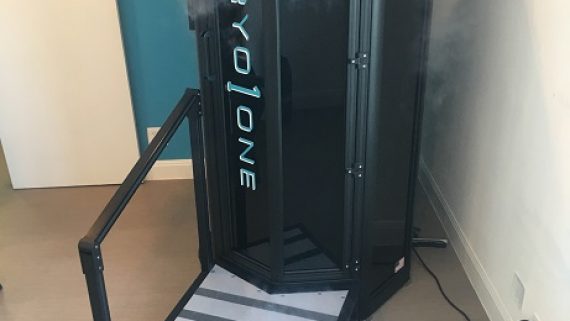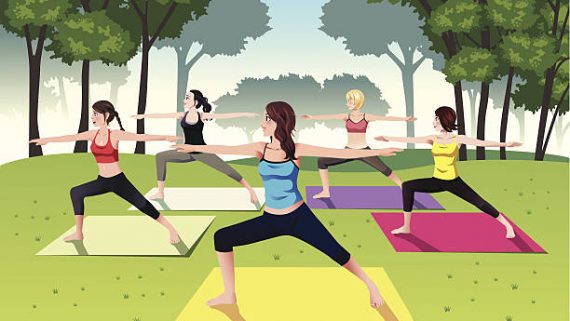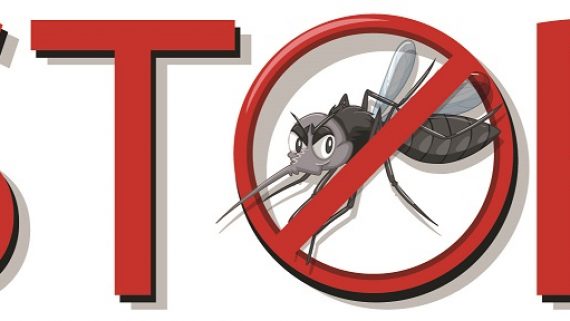The Importance of Breathing Exercises in Chinese Medicine
By Kathleen Ellerie, Licensed Acupuncturist and Owner of Beachside Community Acupuncture
In Traditional Chinese Medicine (TCM), our day-to-day Qi gives our body the energy to function. Just as there are different types of energy in science – solar, nuclear, potential, kinetic, etc. – there are also different types of Qi in our bodies. Qi protects us from pathogens, holds our organs in place, and gives each organ the energy to do its job properly, among other things. Basically, Qi is very important!
So how do we make sure our body has enough Qi? In Eastern medicine diet is a primary source of energy for the body, just as it is in Western medicine. In TCM, though, Qi comes not only from the food we eat, but also from the air we breathe. When the Lungs pull in fresh, clean air and the Spleen – the major digestive organ in TCM – derives nutrients from whole, healthy foods, our Qi should be sufficient to get us through the day without having to tap into our reserves. Seems simple enough, right? Of course it’s simple, but with the busyness of work, family, and social obligations, simple tasks sometimes aren’t that easy.
Poor posture, stress, and even vanity (i.e. constantly sucking in your stomach) can produce shallow breathing, as can a host of other causes. Shallow breathing can become a person’s natural way of breathing over time, but with practice one can become more mindful of it and fix the issue. In TCM we especially love the healing benefits of Qi Gong – exercises that focus on breathing but also involve movements to stimulate circulation through the body’s meridians – but meditation, yoga, and other breath-centered activities can also help train the unconscious mind to tell the body to breathe more deeply.
If you’re new to the idea of breathing exercises, you have the option of jumping in the deep end or starting small and working your way up, depending on your personality and schedule. To go all in, I’d suggest finding a Qi Gong class, a guided meditation class that focuses on conscious breathing, or a yoga class that emphasizes breathing with each pose. If you have a personal yoga practice at home, research the correct breathing for the poses that you usually incorporate into your yoga sessions and be mindful of your inhales and exhales as you transition from one pose to the next. If you’re already pressed for time and can’t imagine fitting another class into your schedule, figure out how much spare time you do have and then find a breathing exercise that fits into that space. Hint: The internet is a great place to start!
Only have twenty minutes? Search Pinterest for a twenty-minute yoga routine.
Only have ten minutes? Search Google for a ten-minute Qi Gong video. (Lee Holden has some great ones to fit any length of time.)
Only have five minutes? Search YouTube for a five-minute guided meditation. (I love the meditation videos produced by TheHonestGuys.)
If you have even less time than that, don’t fret! Even a few minutes of deep breathing can help. Just find a space where you won’t be interrupted, and then start counting your breaths: Inhale for four counts, hold the breath for four counts, exhale for four counts, hold for four counts, repeat. Focus on expanding and contracting your lungs to their full extremes and eventually increasing the counts.
As with any type of exercise, you’re more likely to make deep breathing a habit if you really enjoy it, so try the different techniques in this article and stick with the one that feels most natural to you. Make it a point to practice some form of deep breathing each day – even if only for a few minutes – and get excited to see where the extra energy takes you!

Kathleen Ellerie, L.Ac., Dipl.O.M.
Beachside Community Acupuncture
14330 Midway Road, Suite 205, Dallas, TX 75244
(214) 417-2260
BeachsideAcupuncture.com ~ @beachcomacu









